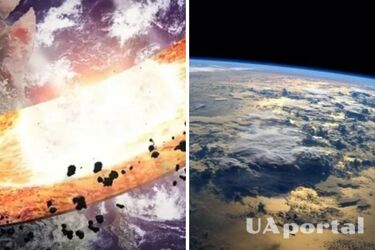Scientists discover huge islands in the Earth's mantle: higher than Everest

At a depth of about 2000 km below the Earth's surface, scientists have found two large-scale regions the size of continents. They turned out to be warmer than the surrounding areas and, interestingly, are at least half a billion years old.
Researchers from the University of Utrecht have proven that the Earth's mantle has fewer flows than previously thought, contradicting the established theory of its dynamic and well-mixed structure. This was reported by Earth.
Features of "underground islands"
These giant regions reach a height of about 1000 km, which is higher than the highest mountains on the planet's surface. They are located beneath Africa and the Pacific Ocean and are known as Large Low Seismic Velocity Provinces (LLSVP).
"No one knows for sure what these structures are, whether they are temporary or have been around for millions, perhaps even billions of years," said Arven Deuss, senior author of the study.
Around these regions, clusters of submerged tectonic plates have been found that have sunk into the mantle as a result of subduction. In large provinces, seismic waves are significantly slowed down, indicating an increased temperature in these areas.
What seismic wave studies have shown
The scientists applied a new approach to analyzing seismic waves, which allowed them to estimate both the speed of the waves and the energy they lose when passing through the mantle.
"We were surprised: in these areas, the waves hardly attenuated, while in the buried plate zones we observed significant attenuation," said seismologist Sujanya Talavera-Sosa.
This fact contradicts previous ideas and led scientists to study the properties of materials in these regions in more detail.
Why it is important
The mineralogical analysis conducted by researcher Laura Cobden showed that large provinces consist of materials with a larger grain size than those found in sunken tectonic plates.
The study of such regions is key to understanding the complex processes taking place inside the Earth.
"The mantle is the engine that drives many geologic phenomena, such as mantle plumes - huge flows of hot material that rise to the surface like a lava lamp. We hypothesize that plumes originate at the edges of these large provinces," Deuss emphasized.
This study provides a clearer picture of how the Earth's internal processes affect its surface and evolution.
If you want to get the latest news about the war and events in Ukraine, subscribe to our Telegram channel!
